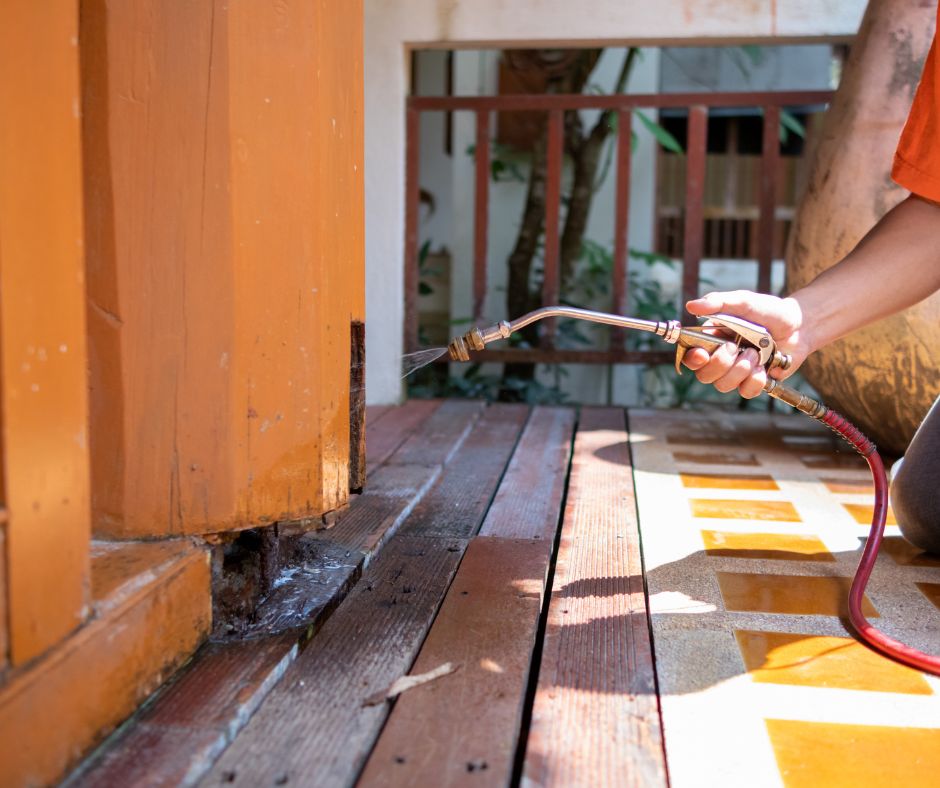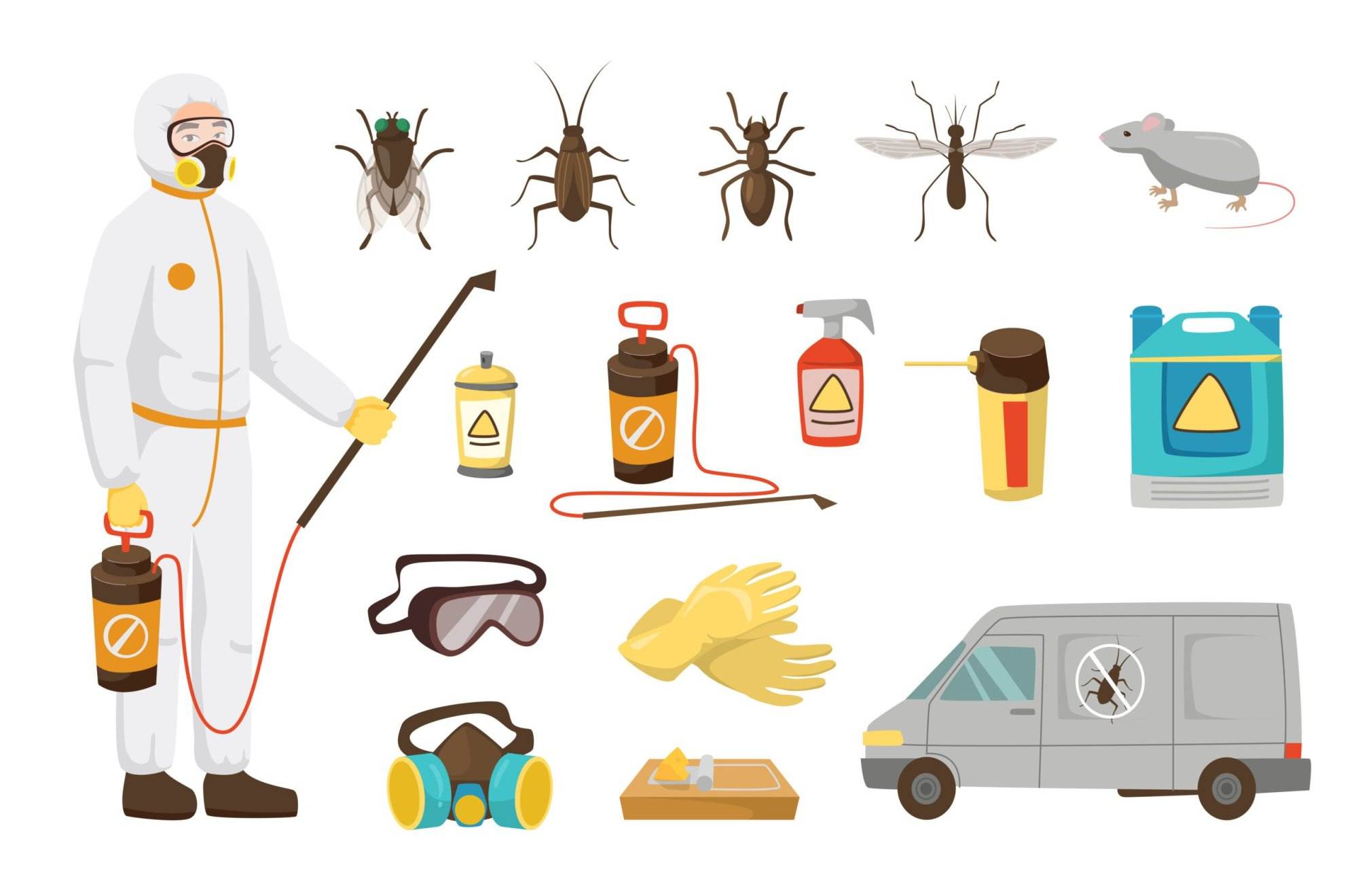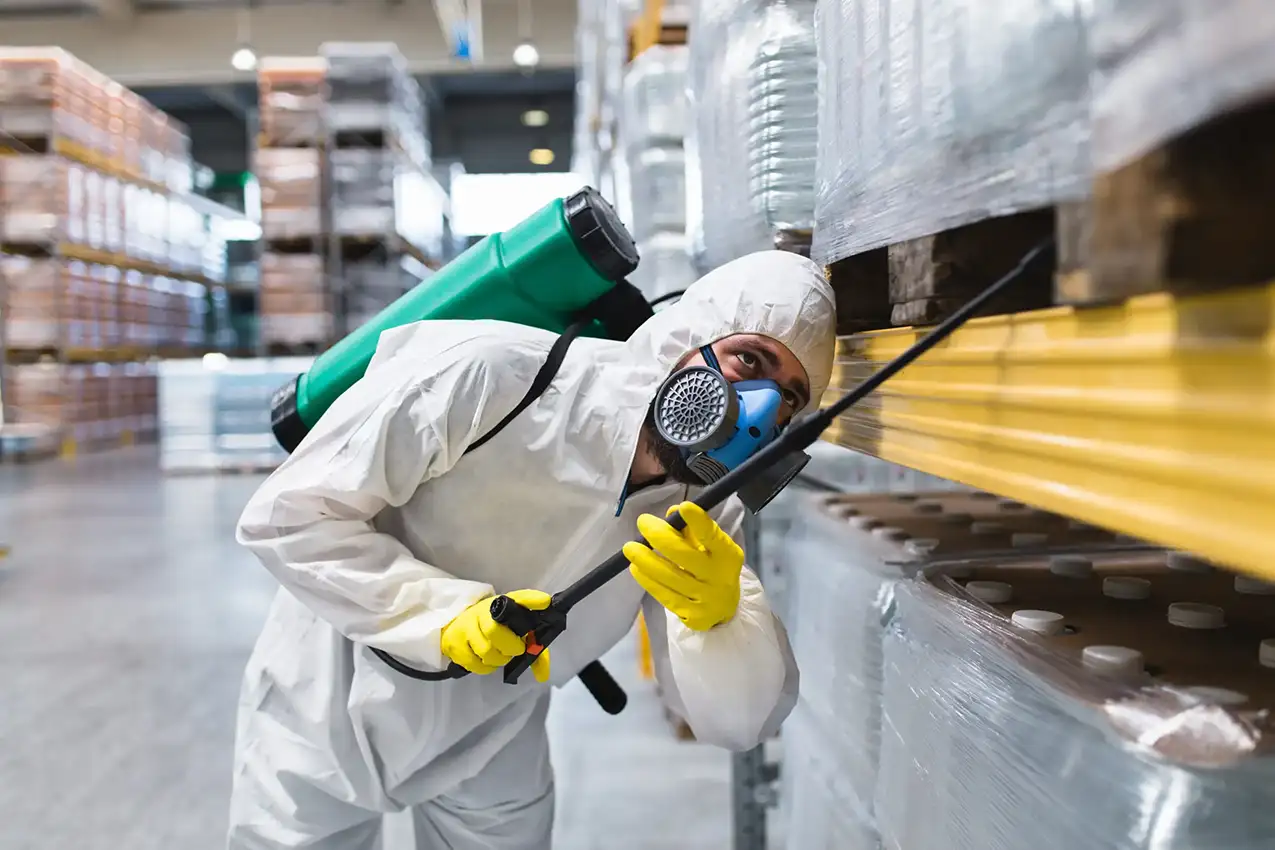Why Pest Control in Charlotte County Is Important for Your Home’s Health
Learn More About the most up to date Developments in Bug Control and Exactly How to Carry Out Reliable Therapy Solutions
In current years, the field of parasite control has seen considerable improvements, driven by the requirement for effective and sustainable therapy remedies. Innovative strategies such as Integrated Bug Monitoring (IPM) incorporate environmentally friendly methods with sophisticated innovation, boosting both efficiency and ecological duty.
Eco-Friendly Pest Control Options
Recently, the demand for environment-friendly bug control alternatives has actually risen as organizations and property owners alike seek lasting choices to typical chemical therapies. This shift is driven by growing environmental understanding and a desire to reduce the health risks connected with synthetic chemicals.

Environment-friendly pest control methods incorporate a series of strategies that focus on the use of all-natural compounds and methods. Integrated Insect Monitoring (IPM) is one such strategy, incorporating biological, cultural, and mechanical tactics to handle pest populations while lowering reliance on chemicals (Wildlife removal services). This alternative technique stresses prevention through habitat manipulation and the introduction of all-natural predators, consequently promoting a balanced ecological community
Another preferred option is using botanical pesticides acquired from plants, which often tend to be much less unsafe to non-target organisms. Products like neem oil and diatomaceous planet have gotten grip for their effectiveness in regulating parasites while posturing marginal dangers to human health and wellness and the atmosphere.
Additionally, exclusion techniques, such as sealing entrance points and preserving tidiness, play a vital role in green parasite administration. By taking on these lasting practices, people and businesses can properly handle insects while promoting a healthier planet for future generations.
Smart Innovation in Parasite Management
Innovation is improving the landscape of parasite monitoring, with clever innovation becoming a critical force in boosting performance and efficiency - Wildlife removal services. The integration of Internet of Things (IoT) devices, fabricated intelligence (AI), and data analytics is revolutionizing how insect control specialists approach problems
Smart traps equipped with sensing units can spot bug activity in real-time, sending immediate informs to operators. This enables timely reactions, decreasing damages and reducing the demand for substantial treatments. Furthermore, AI algorithms assess historical data to anticipate parasite actions, enabling positive treatments based on ecological conditions and problem patterns.
Drones and automatic automobiles are additionally playing a considerable duty in insect monitoring, supplying airborne analyses of big areas, determining hotspots, and even dispersing targeted therapies. These modern technologies not just simplify operations however likewise improve safety and security by limiting human exposure to potentially dangerous chemicals.
In addition, mobile applications equip customers to check insect task and accessibility professional advice, promoting a joint technique to pest management. Generally, the adoption of smart innovation is setting a brand-new criterion in pest control, emphasizing data-driven choices and lasting techniques that inevitably profit both property owners and experts alike.
Integrated Insect Administration Techniques
Integrated Insect Administration (IPM) uses a holistic technique to pest control, combining various strategies to effectively manage bug populaces while minimizing dangers to human health and wellness and the environment. IPM rotates around recognizing the pest life process, their all-natural adversaries, and the ecosystem in which they thrive.
Among the essential parts of IPM is keeping an eye on pest populaces via normal assessments and information collection. This permits the recognition of parasite limits, identifying when intervention is required. Social techniques, such as crop turning, hygiene, and habitat manipulation, are vital in decreasing pest frequency and advertising plant health and wellness.
Mechanical controls, including traps and barriers, address are additionally important in IPM. These techniques can literally remove or prevent bugs without using chemicals. When necessary, the cautious application of chemical controls is used, focusing on targeted therapies that lessen environmental effect.
Education and learning and partnership among stakeholders, consisting of farmers, insect control professionals, and the neighborhood, are essential for the effective execution of IPM techniques. By focusing on sustainable practices, IPM not just addresses pest problems but likewise cultivates a healthier environment.
Biological Control Approaches
Many organic control techniques are progressively acknowledged for their efficiency in taking care of insect populations while advertising environmental equilibrium. These strategies harness natural killers, parasites, and microorganisms to decrease pest numbers without counting on synthetic chemicals. For circumstances, the introduction of ladybugs can effectively control aphid populaces, while nematodes target soil-dwelling bug larvae.
In addition, the use of microbial chemicals, such as Bacillus thuringiensis (Bt), supplies an eco-friendly choice for managing caterpillar pests. These products especially target pest types, decreasing damage to valuable bugs and pollinators. In addition, conservation biological control highlights boosting environments for all-natural opponents, such as birds and advantageous bugs, therefore motivating their presence in agricultural systems.
Study proceeds to reveal ingenious techniques within this field, such as using pheromones to interfere with pest breeding patterns or the growth of biocontrol representatives with hereditary design. Applying these approaches can varmint control lead to sustainable pest monitoring techniques that minimize the dependence on chemical treatments, inevitably promoting healthier communities. As understanding of these techniques grows, they are coming to be indispensable components of integrated pest management (IPM) strategies, offering an equilibrium between efficient bug control and environmental stewardship.
DIY Pest Control Solutions
As homeowners look for efficient methods to tackle parasite concerns, DIY pest control options have gained appeal for their access and cost-effectiveness. These techniques empower people to address problems utilizing readily offered materials and techniques, typically without the requirement for professional treatment.

In addition, keeping appropriate sanitation and normal assessments can stop insect entrance and nesting (Wildlife removal services). Basic practices, such as sealing cracks, getting rid of food sources, and decluttering, can dramatically lessen pest populaces. Catches, both homemade and readily readily available, can likewise offer effective remedies for surveillance and regulating specific insects like insects or rats

Conclusion
The assimilation of environment-friendly pest control choices, clever technology, and ingenious monitoring strategies provides a thorough approach to efficient bug monitoring. By embracing Integrated Insect Monitoring (IPM) and making use of biological control techniques, along with Do it yourself solutions, sustainable and accountable pest control can be accomplished.
Environment-friendly parasite control approaches encompass a range of techniques that prioritize the use of natural compounds and methods. Integrated Bug Monitoring (IPM) is one such strategy, incorporating biological, cultural, and mechanical tactics to take care of pest populations while decreasing reliance on chemicals. As recognition of these techniques grows, they are becoming essential components of integrated insect management (IPM) techniques, providing a balance in between reliable parasite control and ecological stewardship.
The integration of environment-friendly insect control options, smart technology, and cutting-edge administration methods offers a thorough technique to efficient insect management. By welcoming Integrated Bug Administration (IPM) and using biological control approaches, together with DIY solutions, responsible and lasting bug control can be accomplished.